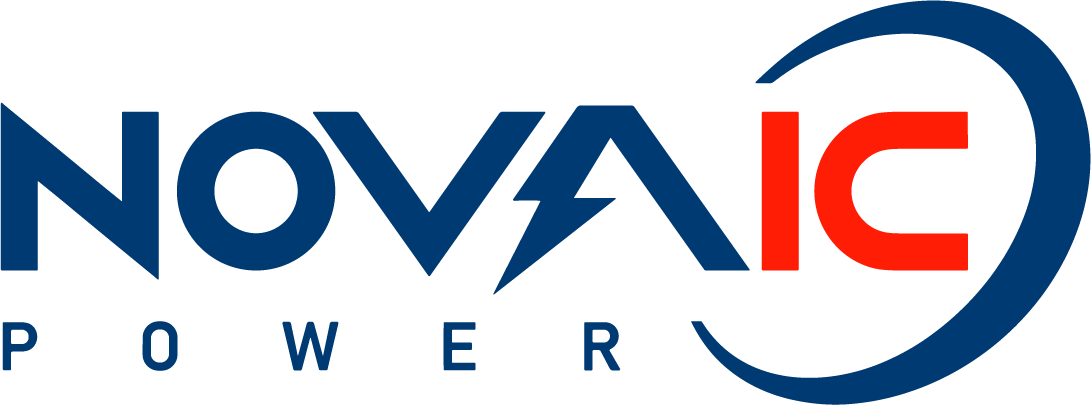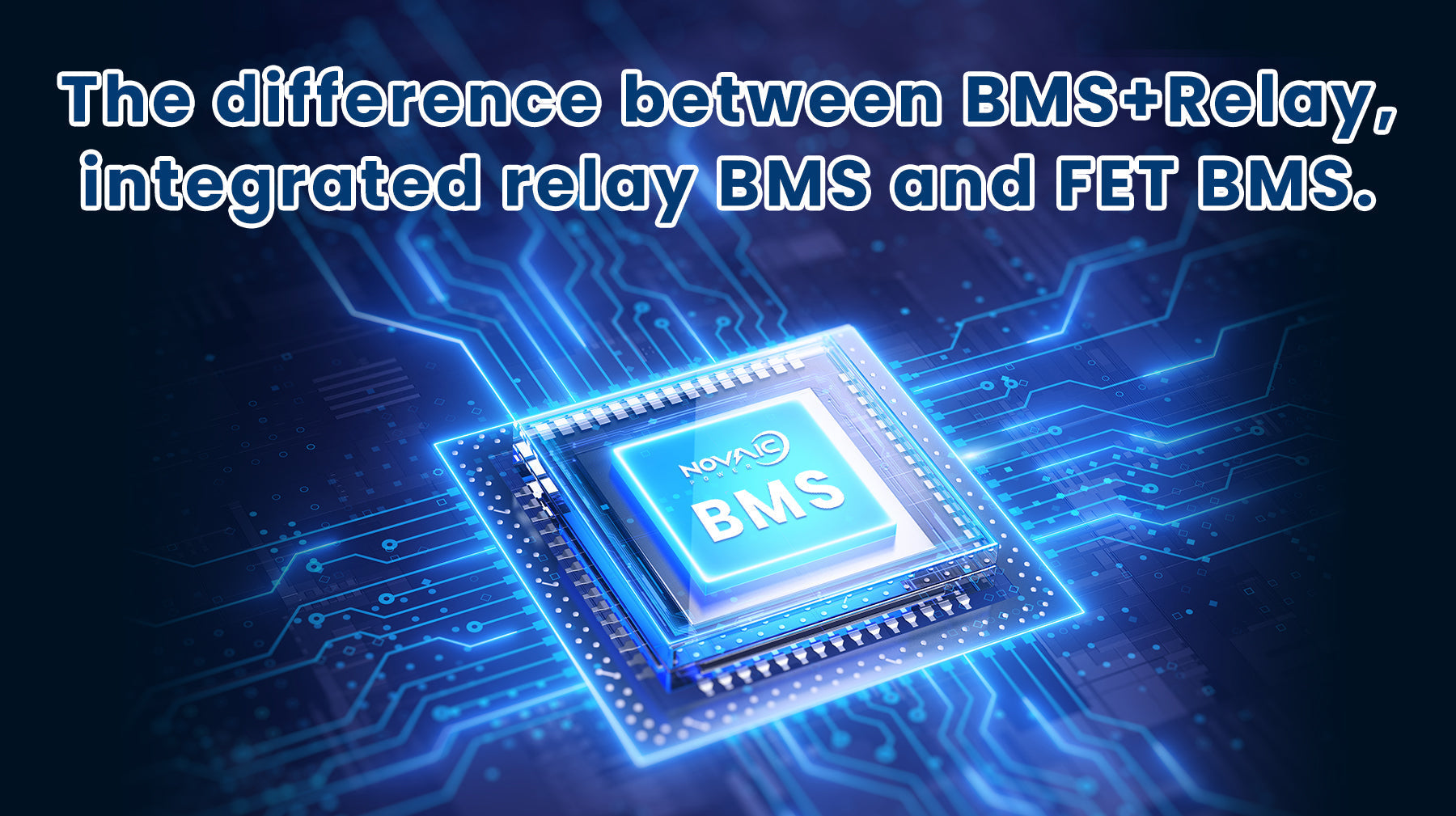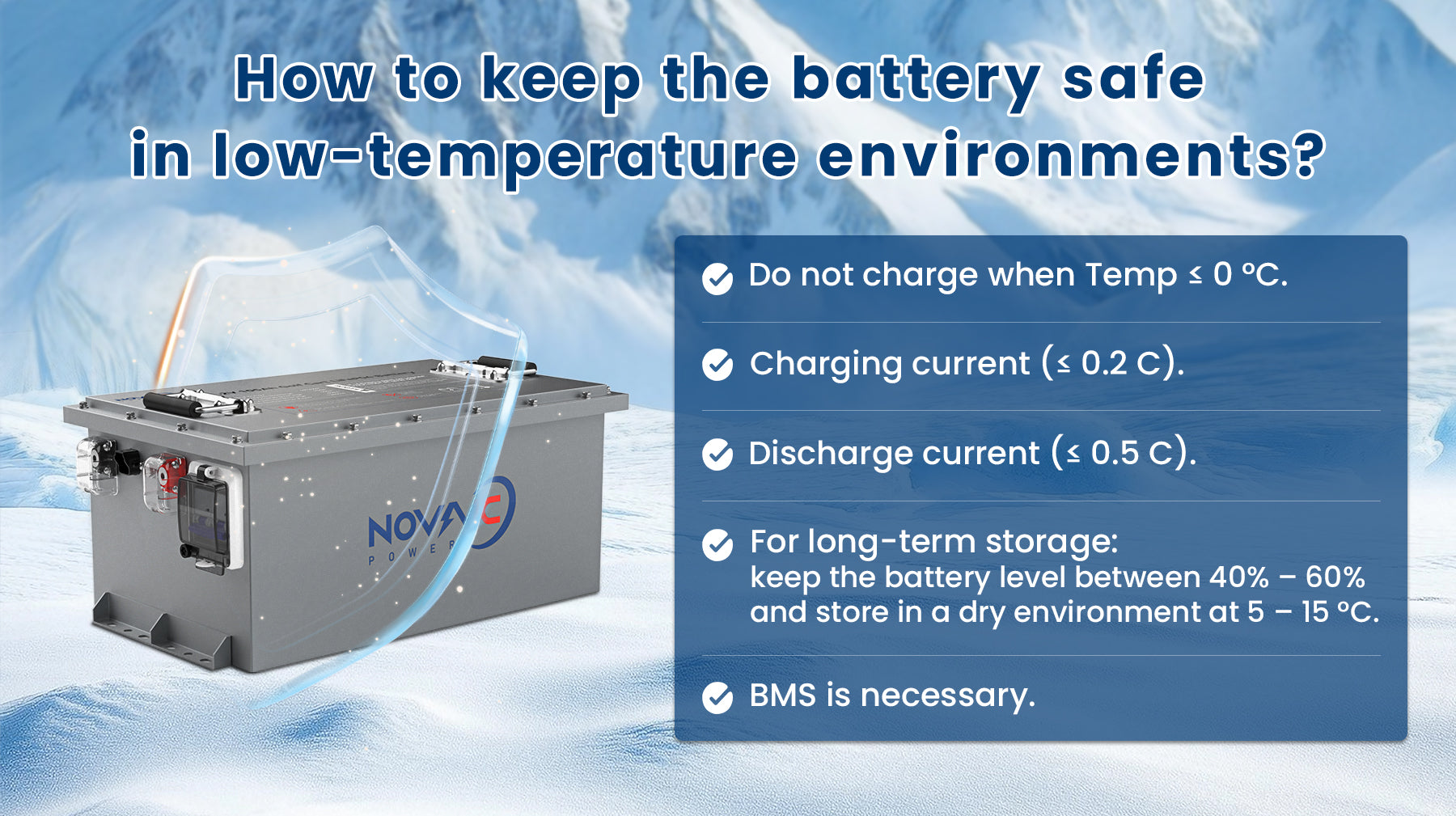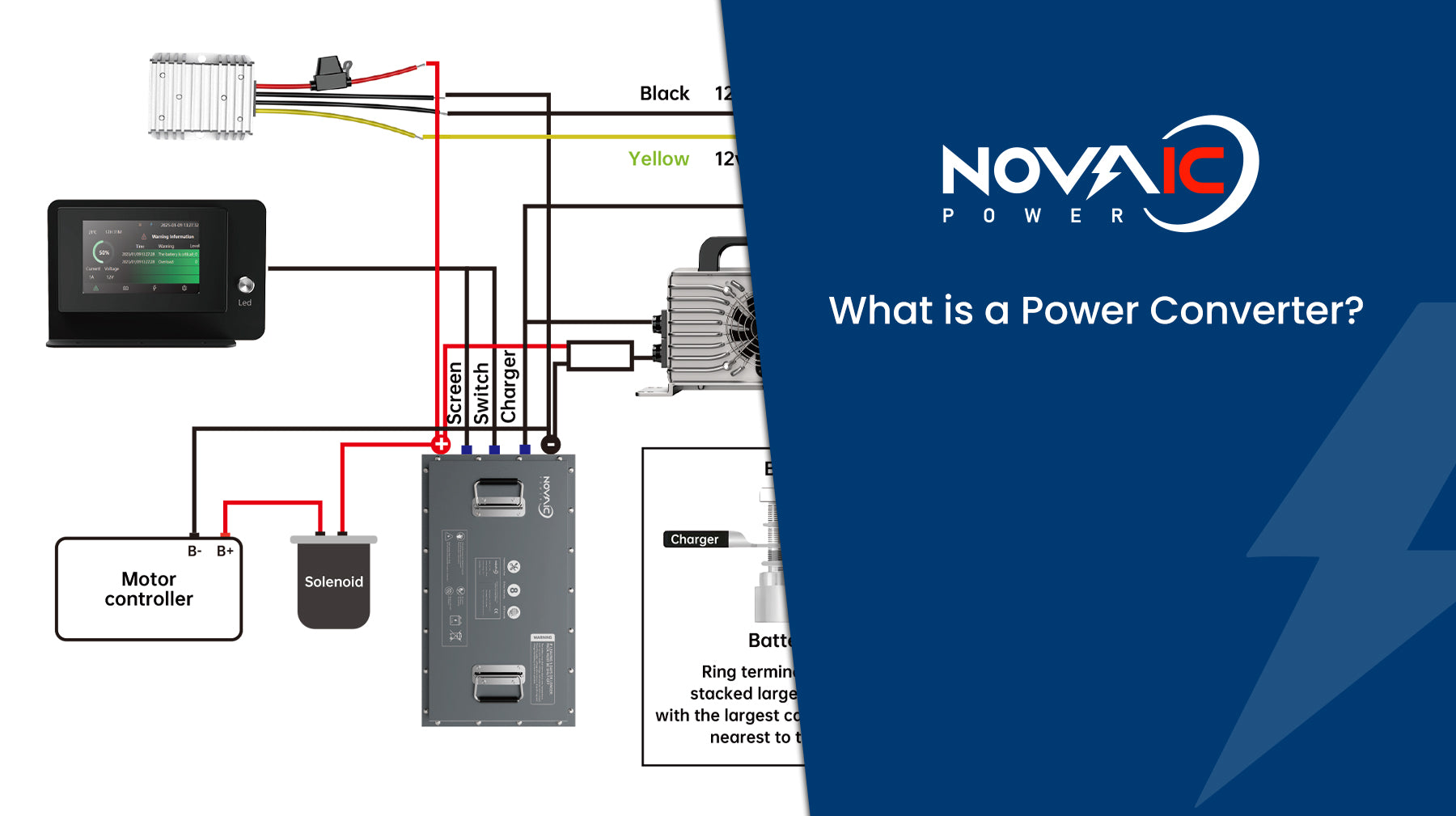① Core Pain Points in Golf Cart Battery Market and Lithium Solution
-
Rapid range degradation: Lead-acid batteries typically have <300 cycles, with range dropping over 30% in high-temperature environments, forcing frequent daily battery changes;
-
Excessive weight load: A 48V lead-acid battery pack weighs 330 lbs (150 kg), accounting for 30% of the cart’s total weight—severely impacting maneuverability and energy consumption;
-
High maintenance costs: Requiring regular water refills and balanced charging, annual maintenance for a single course costs $800, while discarded batteries pose heavy metal pollution risks.
② Technical Advantages and Scenario-specific Applications
1. Range & Efficiency Upgrade: 18-Hole All-Day Solution
-
High energy density: 280Wh/kg density enables a 48V/105Ah lithium battery pack to achieve 50 miles (80 km) range—50% longer than lead-acid—supporting full-day 18-hole operations;
-
Intelligent thermal management: 8-channel temperature sensors maintain 95%+ discharge efficiency in -20°F~+140°F (-20°C~+60°C), eliminating winter preheating needs for northern courses;
-
20A fast charging: Fully charges in 2 hours. Paired with course chargers, it replenishes 80% energy during lunch breaks, solving the "overnight charging" constraint of lead-acid batteries.
2. Lightweight & Safety Design: Tournament-Grade Standards
-
Weight optimization: 132 lbs (60 kg) lithium pack lowers cart CG by 7.87 inches (20 cm), improving cornering stability by 30% for hilly terrains;
-
Military-grade protection: IP65 waterproof/dustproof design allows direct cart washing without water ingress;
-
BMS battery management: Real-time monitoring of voltage, current, and temperature with <10ms fault response for overcharge/short-circuit protection, compliant with UL 2580 safety standards.
3. Full Lifecycle Cost Optimization: From "Consumable" to "Asset"
|
Metric
|
Traditional Lead-Acid
|
Novaicpower Lithium
|
5-Year Total Cost Comparison
|
|
Acquisition Cost
|
$300~$600
|
$1,300~$2,000
|
Lithium costs 217% more initially
|
|
Cycle Life
|
300 cycles@80%DOD
|
4,000 cycles@100%DOD
|
Replacement frequency down 92.5%
|
|
Maintenance
|
$800/year
|
$100/year (annual inspection)
|
5-year savings: $3,500
|
|
Residual Value
|
None
|
30% cost recovery
|
$390-$600 post-retirement
|
③ Golf Cart Lithium Battery Selection Guide & Industry Trends
1. Key Parameters to Prioritize
-
Cell type: Avoid low-cost ternary lithium; prefer LiFePO4 with thermal runaway temp >500°C;
-
BMS features: Ensure balanced charging (cell voltage difference <5mV) and cloud monitoring;
2. Policy & Technology Trends
-
Regulatory drive: The EPA’s proposed 2027 eco-tax on lead-acid batteries is making lithium the compliance choice;
-
Smart upgrades: Next-gen lithium batteries will integrate UWB positioning for real-time course tracking, slated for 2025 mass production.
Conclusion: From "Power Supply" to "Smart Operations"
-
72-hour pre-fault alerts to prevent downtime;
-
Hole-by-hole energy consumption visualization for charging optimization;
-
Accurate carbon footprint tracking to meet ESG requirements.









Share:
Why Cell Balancing is Crucial for Battery Performance and Longevity
Commonalities and Comparison Between Energy Storage Batteries and Power Batteries